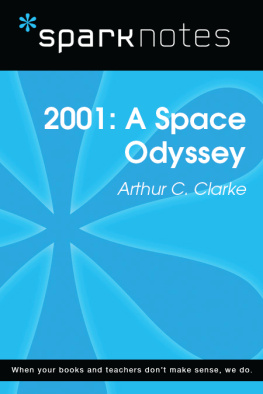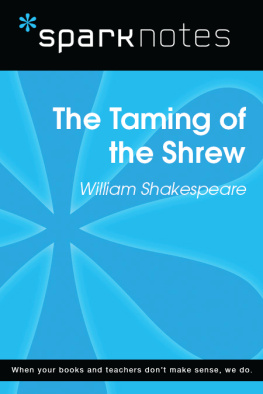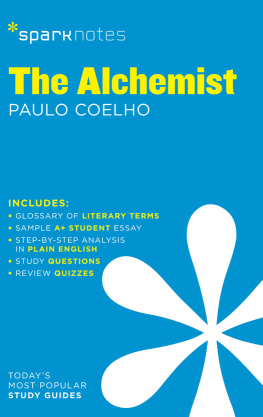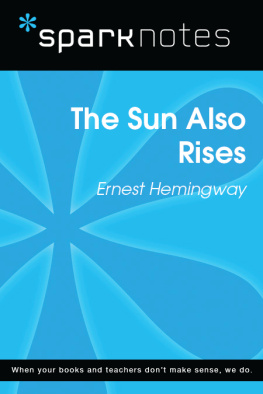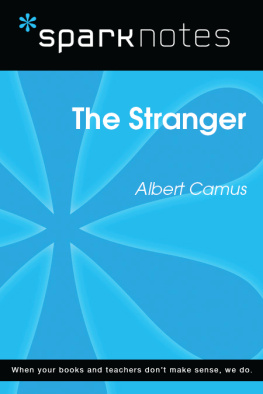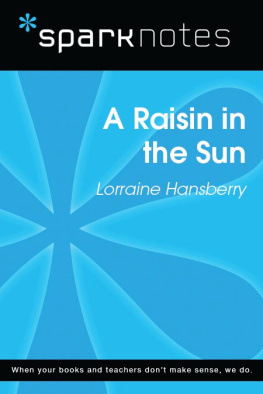2001: A Space Odyssey
Arthur C. Clarke
2003, 2007 by Spark Publishing
This Spark Publishing edition 2014 by SparkNotes LLC, an Affiliate of Barnes & Noble
All rights reserved. No part of this publication may be reproduced, stored in a retrieval system, or transmitted in any form or by any means (including electronic, mechanical, photocopying, recording, or otherwise) without prior written permission from the publisher.
Sparknotes is a registered trademark of SparkNotes LLC
Spark Publishing
A Division of Barnes & Noble
120 Fifth Avenue
New York, NY 10011
www.sparknotes.com /
ISBN-13: 978-1-4114-7127-6
Please submit changes or report errors to www.sparknotes.com.
10 9 8 7 6 5 4 3 2 1
Context
2001: A Space Odyssey has the distinction of being one of only a few classic books to be based on a movie, rather than the other way around. Its author, Arthur C. Clarke, based the novel on a screenplay he wrote in conjunction with Stanley Kubrick in 1964. The book, which was released a few months after the movie, fills in many details left unsettled in the movie.
2001 was written at the very beginning of the space age, before man first set foot on the moon in 1969. It was clearly inspired by much of the fascination with space, which gripped a nation exploring an uncharted terrain in the 1960s.
The 1960s were also a time of confrontation with the communist U.S.S.R. and tension over the potential for use of nuclear weapons. The Cuban Missile Crisis was recent history at the time 2001 was in the process of being conceived. The instability of foreign relations as well as the proliferation of nuclear weapons led many at the time to wonder whether a nuclear holocaust might be around the corner.
Summary
The man-apes of the world, who lived by gathering berries and nuts, were facing a lack of food. A giant monolith appeared on Earth one day and began to experiment with many of them, probing and developing their minds. Among those in whom the monolith took an interest was Moon-Watcher, the only man-ape who walked fully upright. At night, a few select man-apes were taught and during the day, they innovated. Moon-Watcher discovered that he could fashion tools with which to kill animals for sustenancethe man-apes' hunger problem was solved. Time passed and the man-ape evolved. His brain grew, he invented language and organized into civilizations, and he invented weaponsfirst knives, but then guns and finally nuclear missiles. Such innovations had been central in man's dominion over earth, but "as long as they existed, he was living on borrowed time."
Eager to embark on another space mission, Dr. Heywood Floyd arrived at the Florida launch location after meeting with the president. He offered no comment to the press, nor would he reveal the details of mission to the crew that served him so faithfully on board or to his Russian friend whom he encounters at the joint U.S.-U.S.S.R. space station, a stop on his journey to the Moon. Upon his arrival, Floyd is greeted by a top official of the Moon colony and whisked off to a meeting. A lead scientist explains that they had found a magnetic disturbance in Tycho, one of the Moon's craters. An examination of the area had revealed a large black slab, called Tycho Magnetic Anomaly-One (TMA-1). It was precisely fashioned and, at three million years of age, predates humans. It is the first definitive proof of the existence of extra-terrestrial, intelligent life. Floyd and a team of scientists drive across the moon to actually view TMA- 1. When they uncover the giant, black slab and sunlight hits upon it for the first time, it sends forth a piercing sound and a strong wave signal to the far reaches of the universe.
David Bowman and Frank Poole were the conscious human beings aboard the Discovery space mission to Saturn. Three of their colleagues were hibernating, to be woken when they approached Saturn. Additionally, Hal, an artificially intelligent computer maintained the ship and was an active part of life aboard. Bowman and Poole's day-to-day lives had been immaculately planned. Their days were highly structured to ensure the continued success of the mission and to make sure that nothing went wrong.
The ship was nearing Jupiter. Here, it released probes to gather information to be sent back to Earth and studied. Discovery then took advantage of Jupiter's gravitational field to get an extra push and speed on toward Saturn.
Poole is watching a birthday video transmitted to him by his family back home when Hal interrupts to tell him that the AE-35 unit of the ship is set to malfunction. Poole takes one of the extra-vehicular pods and replaces the AE-35 unit, which is critical for maintaining radio contact with Earth. Bowman conducts tests on the AE-35 unit that has been replaced and discovers that nothing is wrong with it. Later, Hal claims that the second AE-35 unit is set to fail. Suspicious, Poole and Bowman radio back to Earth; they are told that something is wrong with Hal and are given instructions to shut him off. These instructions are interrupted as the signal fadesthe AE-35 unit has malfunctioned. Poole and Bowman try begin to wonder how they will re-establish communication with Earth.
Poole takes a Pod outside the ship to bring in the failed AE-35 unit. As he is working on dislodging the unit, the pod, which he had left further from the ship, begins moving toward him. He is unable to move out of the way in time and he is killed by the collision. Bowman is shocked by Poole's death and is deeply distraught. He wonders whether Hal really could have killed Poole. He decides that he will need to wake the three other astronauts from their hibernation. He has a long argument with Hal, at the end of which, because Bowman threatens to disconnect him, Hal agrees to give him manual control over the process of ending the hibernation. As Bowman is beginning to thaw out his colleagues, he feels a cold chill enter the ship. The airlock doors on bottom have been opened. Everything on the ship begins violently fluttering about. The pressure on board is significantly dropping as the ship is equilibrating with the vacuum outside. Bowman claws his way into a sealed emergency chamber where he drinks from an emergency oxygen supply. Bowman then descends to the ship's innards and disconnects Hal, who he realizes has turned murderer. Bowman puts the ship back in order and re-establishes contact with Earth. Only then does he learn that the true purpose of the mission is to explore Japetus, a moon of Saturn, and learn more about the civilization that left TMA-1 behind on the Moon.
Bowman learns that Hal had begun to feel guilty about keeping the purpose of the mission from him and Poole. This had begun to manifest itself in little errors. Ultimately, when Hal was threatened with being shut off, he felt the need to defend himself, as if his very existence were at stake.
Bowman spends months on the ship, alone, preparing to rendezvous with Japetus. He notices a small black spot on the moon. When he gets closer, he realizes that this is an immense black slab, similar to TMA-1, only much larger. He takes one of the extra-vehicular pods in an attempt to land on the slab. The slab, which had been inert for so long, opens and is full of stars. It swallows Bowman's pod and disappears from Japetus. Mission control never hears from Bowman again.
Bowman was whisked through a field of stars that seemed as though it had no end. Finally, he was released into a faraway world only to be swallowed back into the Star Gate and repeat the process again. Eventually, he is brought to what appears to be a nice hotel suite, carefully constructed to make him feel at home. Bowman lies down to go to sleep. While he sleeps, his mind and memories are drained from his body and preserved in a light structure. David Bowman is being made immortal and without a body. Bowman returns to our solar system and looks over Earth. A nuclear warhead has been fired; Bowman detonates the warhead in the air, saving the world from nuclear destruction.

